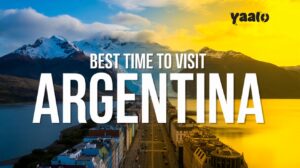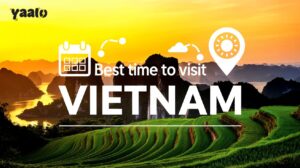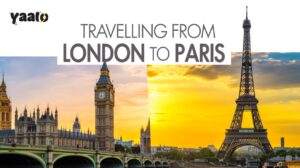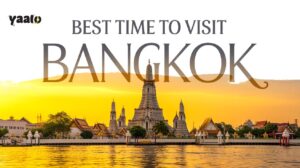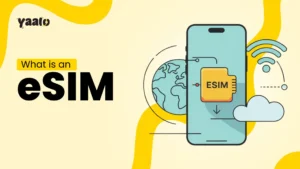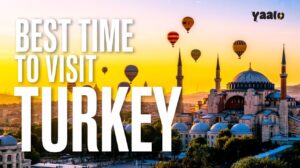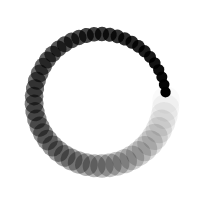The best time to visit Argentina isn’t a one-size-fits-all answer. This is a country that stretches from tropical rainforests to icy glaciers. That means the time of year you go can completely change your experience.
If you land in Buenos Aires in spring (September to November), you’ll walk under jacaranda trees bursting with purple blooms. Head south in summer (December to February), and you’ll see Patagonia at its peak, with long daylight hours and open hiking trails.
Autumn (March and April) brings golden vineyards in Mendoza and cooler air at Iguazú Falls, a photographer’s dream. Winter (June to August) flips the script: you could be skiing the Andes in Bariloche while the north stays warm and dry.
Pick your moment wisely. Argentina rewards travellers who plan for the season, and Yaalo eSIM keeps you connected to every forecast, festival date, and bus timetable while you’re here.
Let’s learn about what the best time to visit Argentina is and how it can be an unforgettable trip!
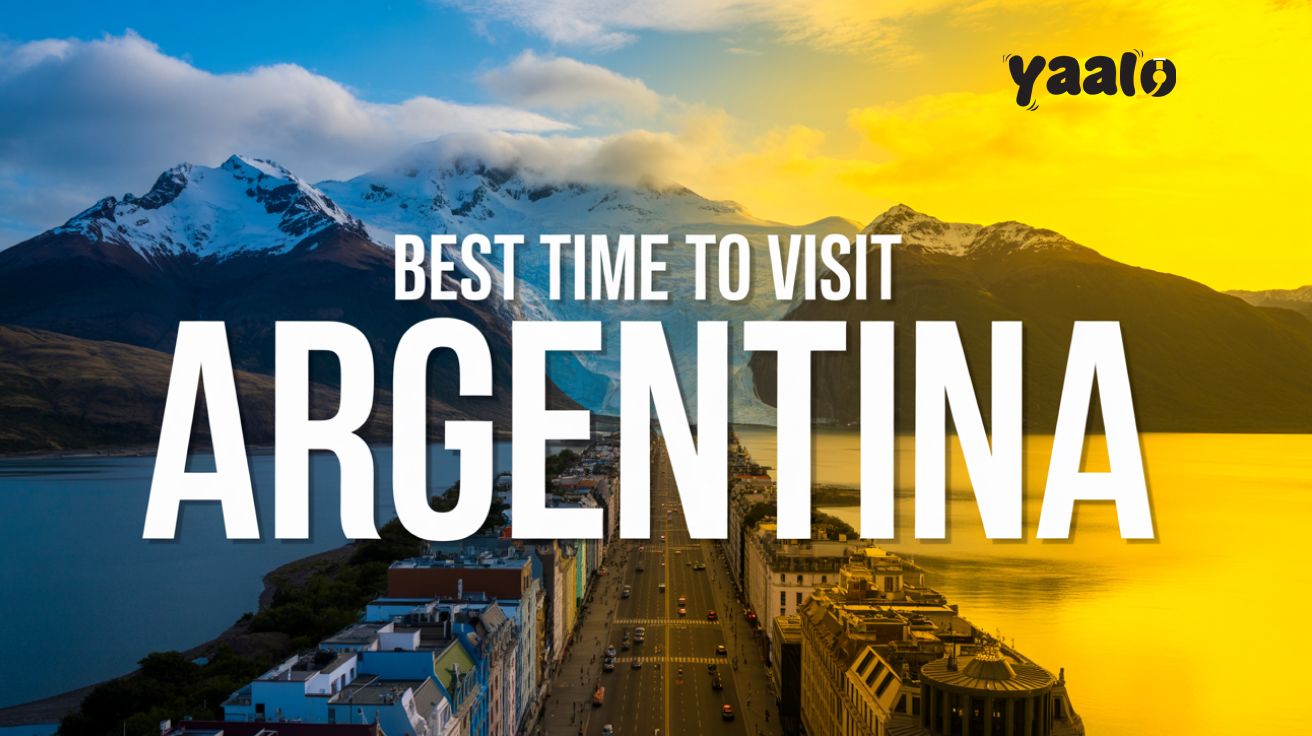
Seasons & Regions – What Weather to Expect and When?
Usually, when it comes to planning a trip, you notice that people discuss the weather. Actually, the weather is the main attraction when it comes to an international trip. The following are the weather details that can help you set your days accordingly:
Autumn (March & April)
This is shoulder season. The landscape in Mendoza fills with golden fall colours. Iguazú Falls flows strong in early April. Temperatures reach around 20–25 °C in the north, cooler in the south. It’s a good time to avoid crowds while visiting Argentina’s highlights.
Spring (September to November)
The weather is mild, especially in Buenos Aires and the Lake District. Jacaranda trees bloom from September to November, painting the city purple. In Patagonia and Mendoza, spring means fewer tourists and warmer days for hiking or wine tours.
Summer (December to February)
Argentina’s high season begins. Buenos Aires heats up, often reaching over 30 °C. Iguazú Falls shines, though humid. In Patagonia, days are long and trails are open. Booking a trek in January and February? Plan early.
Winter (June to August)
Andes ski resorts open. Temperatures dip below 0 °C in Patagonia. Buenos Aires cools to around 10–18 °C. Northern regions stay dry and sunny. It’s a quiet season, ideal for nature lovers and budget travellers.
Wherever you go, Yaalo eSIM for Argentina ensures real-time maps, weather alerts, and among-the-glacier coverage. Every destination stays connected.
When to Visit Patagonia – Timing Your Southern Adventure!
Patagonia is Argentina at its wildest, jagged peaks, turquoise lakes, and endless skies. But timing matters.
December to February is peak season. This is the ideal time for hiking in El Chaltén or exploring the glaciers of El Calafate. Days are long, the weather is mild, and most trails are open. Just expect higher prices and book early.
If you want fewer crowds, March and April are a good time. The air is crisp, autumn colours sweep across the valleys, and you can still enjoy most trekking routes.
Winter here, from June to August, is a different world. Many trails close, but you’ll find quiet towns and snow-dusted scenery.
With Yaalo eSIM, you can check trail conditions in real time, track buses, and share those Patagonia sunrise shots without worrying about signal drop-offs in remote areas.
Exploring Argentina Beyond the South – Cities, Falls, and Wine Country!
Not every trip to Argentina is about Patagonia. The rest of the country has its own seasonal sweet spots.
Buenos Aires shines in spring September to November, and fall March to May. The weather is mild, parks are full of life, and outdoor cafés spill onto the sidewalks.
Iguazú Falls is spectacular year-round, but the time to visit for cooler, comfortable sightseeing is May to September.
The Lake District is a dream in spring for blooming landscapes and in summer for kayaking and hiking.
Mendoza’s vineyards peak during fall and March for grape harvest festivals, the perfect pairing of wine and scenery.
If you’re moving between regions, having a Yaalo eSIM means no scrambling for Wi‑Fi to book domestic flights or bus tickets. You can compare prices, check schedules, and make changes instantly. Sipping Malbec or standing at the edge of Iguazú, you are always connected.
Weather Patterns – Matching Your Trip to the Climate!
Argentina stretches over 2,300 miles from north to south. That means the time of year you go can make or break your experience.
- North (Iguazú Falls, Salta) – Hot and humid in summer. Cooler and drier from May to September.
Central (Buenos Aires, Mendoza) – Warm summers, mild winters. Spring September to November, is perfect.
- South (Patagonia, Tierra del Fuego) – Mild summers with long daylight. Cold, snowy winters.
Check forecasts before you fly. Pack layers. And keep Yaalo eSIM handy so you can track weather changes on the go.
Special Events and Festivals Worth Timing For!
Argentina’s calendar is full of celebrations. Plan right, and your trip gets an extra spark.
- Carnaval – Late February or early March. Bright costumes and street parades.
- Fiesta Nacional de la Vendimia – Fall March in Mendoza. Wine harvest is at its liveliest.
- Independence Day – De la Patria on July 9th. Parades, music, and food in every time to visit the spot.
- Buenos Aires Tango Festival – August. The city dances day and night.
Yaalo local eSIM means you can look up event times, buy last-minute tickets, or find the nearest celebration without missing a beat.
Yaalo eSIM Plans for Argentina!
Now, the interesting thing is that it boosts your travelling experience with perfect seamless connectivity. Yaalo eSIM for Argentina, a decision that you will never regret.
Yaalo eSIM offers you a data-only eSIM plan in fixed and unlimited packages. You just need to check your device eSIM compatibility and select the plan that suits your usage.
Fixed data-only eSIM Plans:
- 1 GB of data for 7 days at $4.94.
- 2 GB of data for 15 days at $ 8.67.
- 10 GB of data for 30 days at $33.80.
Unlimited data-only eSIM Plans:
- Unlimited data for one day at $6.54.
- Unlimited data for 7 days at $38.61.
- Unlimited data for 30 days at $161.58.
There are various eSIM plans options available at Yaalo eSIM for Argentina. You can check out the details of the selected plan. Verify the carrier support, hotspot sharing, and tethering. Choose what suits your usage needs.
Travel Tips for Smooth Adventures Across Argentina!
Now you are all set to choose the perfect time as per your enjoyment. How can we leave you with that only? Knowing about the travel tips doubles down your trip enjoyment.
- Book domestic flights early in peak season. they fill fast.
- In big cities like Buenos Aires, use taxis or rideshare at night.
- Cash is king in rural areas. Many places don’t take cards.
- Visit Patagonia in shoulder months for better prices.
- Stay flexible, weather shifts quickly in mountains and near the coast.
With Yaalo eSIM, you can navigate cities, find bus routes, and translate menus – no roaming shocks.
Conlcuison
There’s no single ideal time to visit Argentina.
If you want good weather in most regions, go in spring September to November or fall March and April.
For Patagonia, summer is best. For Iguazú Falls, aim for cooler months. And for wine lovers, March is magic.
Whatever your time to visit, an eSIM keeps your plans running smoothly. With Yaalo eSIM, you step off the plane ready with maps, bookings, and translations in your pocket. No queues, no SIM swaps, no stress.
FAQs
When is the best time to visit Iguazú Falls?
The ideal time is March to May and August to early October. You’ll enjoy full falls, good weather, and fewer crowds.
What months are best for visiting Patagonia?
December–March offer the best hiking conditions, with long days and mild weather.
When is Buenos Aires most pleasant?
Fall (March–May) and spring (September–November) bring mild skies, floral blooms, and fewer tourists.
Are March and April good months to visit Argentina broadly?
Yes! March and April offer mild weather, wine harvest festivals in Mendoza, and strong flow at Iguazú Falls.
- Best Time to Visit Argentina – A Yaalo eSIM Travel Guide! - October 10, 2025
- Best Time to Visit Vietnam: A Traveler’s Guide! - October 8, 2025
- Guide for Travelling From London to Paris by Eurostar! - October 8, 2025


